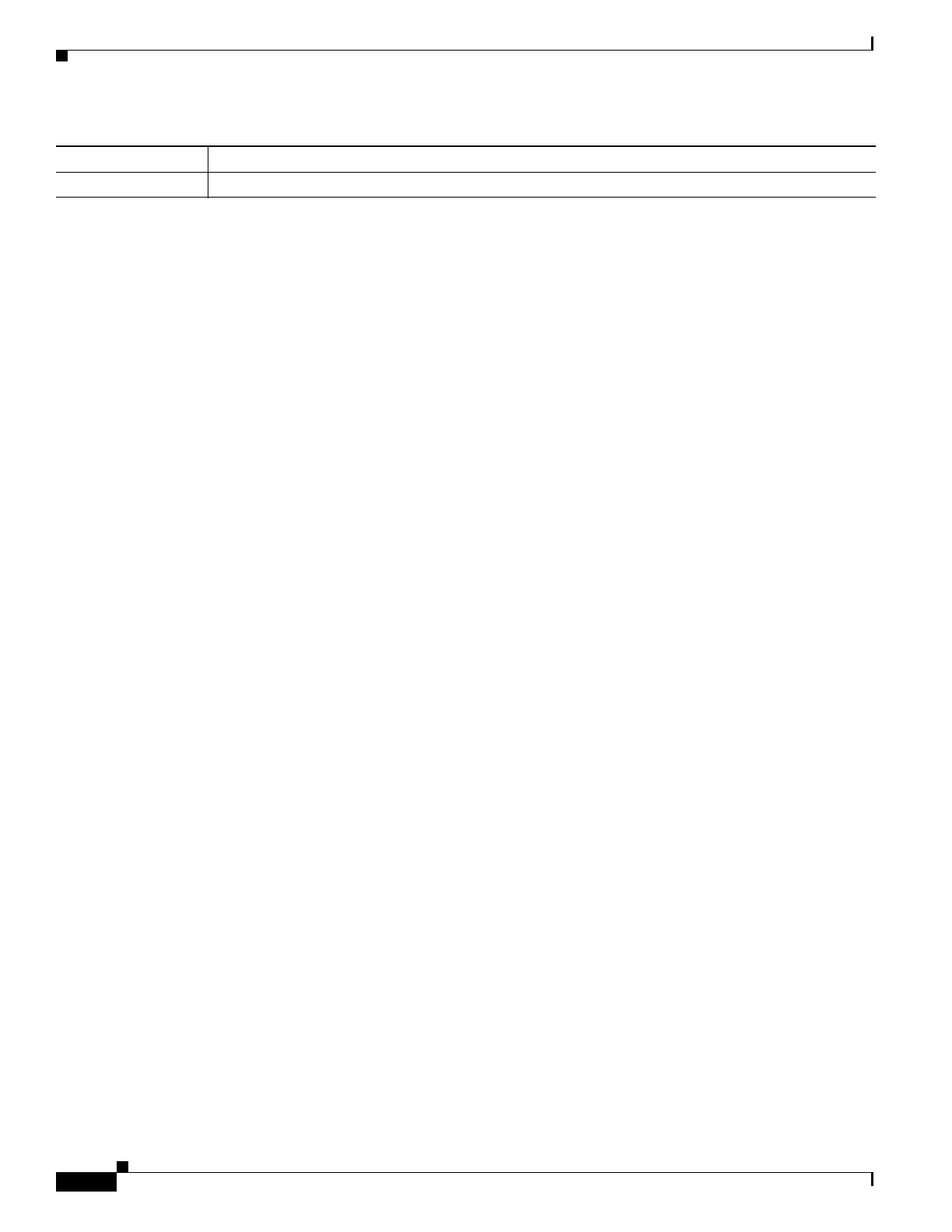1-2
Cisco ASA Series CLI Configuration Guide
Chapter 1 Configuring Threat Detection
Configuring Basic Threat Detection Statistics
Configuring Basic Threat Detection Statistics
Basic threat detection statistics include activity that might be related to an attack, such as a DoS attack.
This section includes the following topics:
• Information About Basic Threat Detection Statistics, page 1-2
• Guidelines and Limitations, page 1-3
• Default Settings, page 1-3
• Configuring Basic Threat Detection Statistics, page 1-4
• Monitoring Basic Threat Detection Statistics, page 1-5
• Feature History for Basic Threat Detection Statistics, page 1-6
Information About Basic Threat Detection Statistics
Using basic threat detection statistics, the ASA monitors the rate of dropped packets and security events
due to the following reasons:
• Denial by access lists
• Bad packet format (such as invalid-ip-header or invalid-tcp-hdr-length)
• Connection limits exceeded (both system-wide resource limits, and limits set in the configuration)
• DoS attack detected (such as an invalid SPI, Stateful Firewall check failure)
• Basic firewall checks failed (This option is a combined rate that includes all firewall-related packet
drops in this bulleted list. It does not include non-firewall-related drops such as interface overload,
packets failed at application inspection, and scanning attack detected.)
• Suspicious ICMP packets detected
• Packets failed application inspection
• Interface overload
• Scanning attack detected (This option monitors scanning attacks; for example, the first TCP packet
is not a SYN packet, or the TCP connection failed the 3-way handshake. Full scanning threat
detection (see the “Configuring Scanning Threat Detection” section on page 1-15) takes this
scanning attack rate information and acts on it by classifying hosts as attackers and automatically
shunning them, for example.)
• Incomplete session detection such as TCP SYN attack detected or no data UDP session attack
detected
When the ASA detects a threat, it immediately sends a system log message (733100). The ASA tracks
two types of rates: the average event rate over an interval, and the burst event rate over a shorter burst
interval. The burst rate interval is 1/30th of the average rate interval or 10 seconds, whichever is higher.
Model License Requirement
All models Base License.

